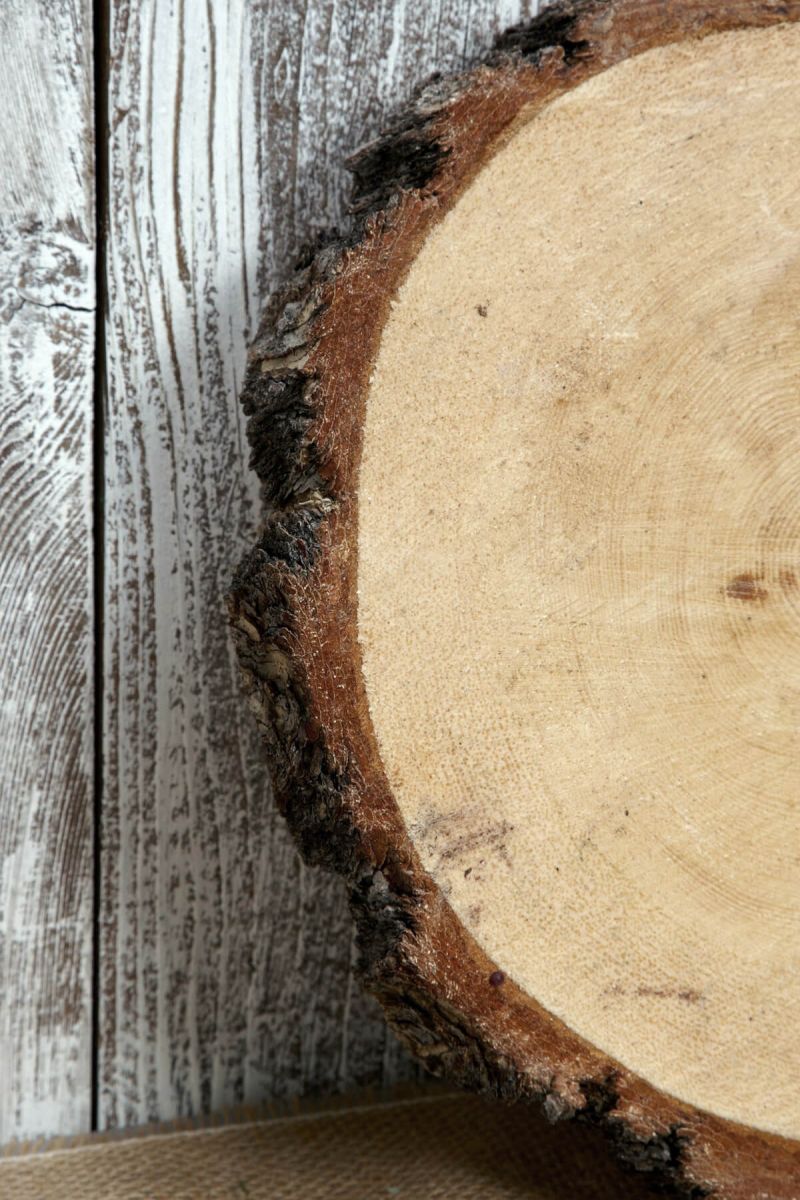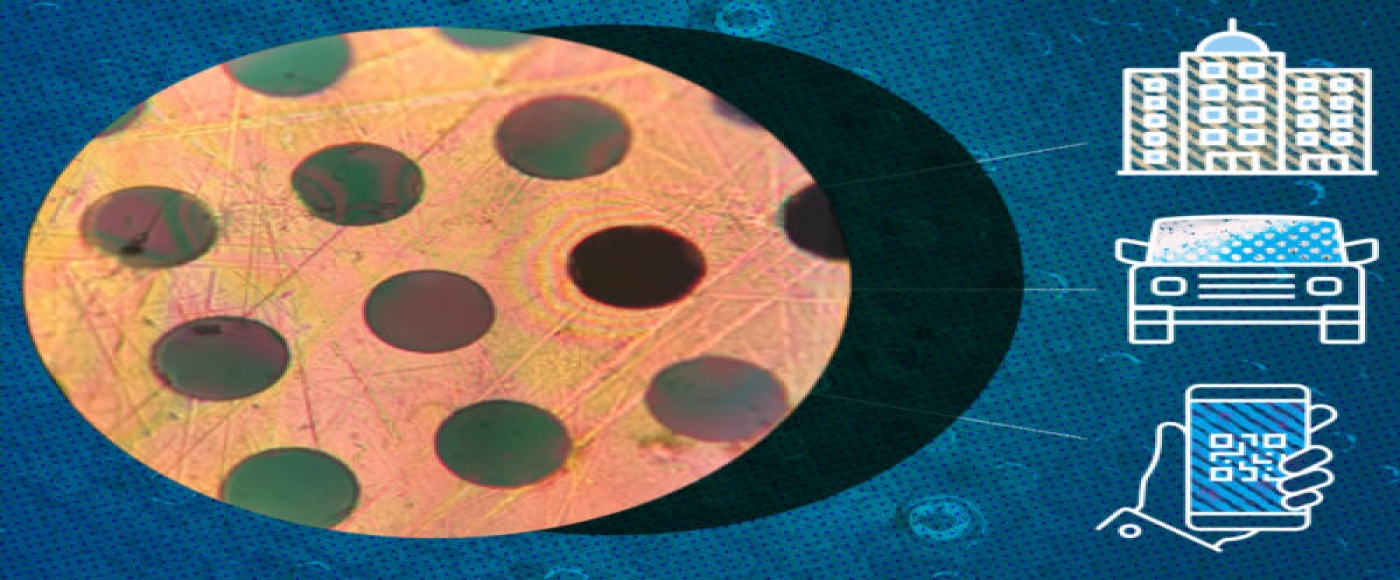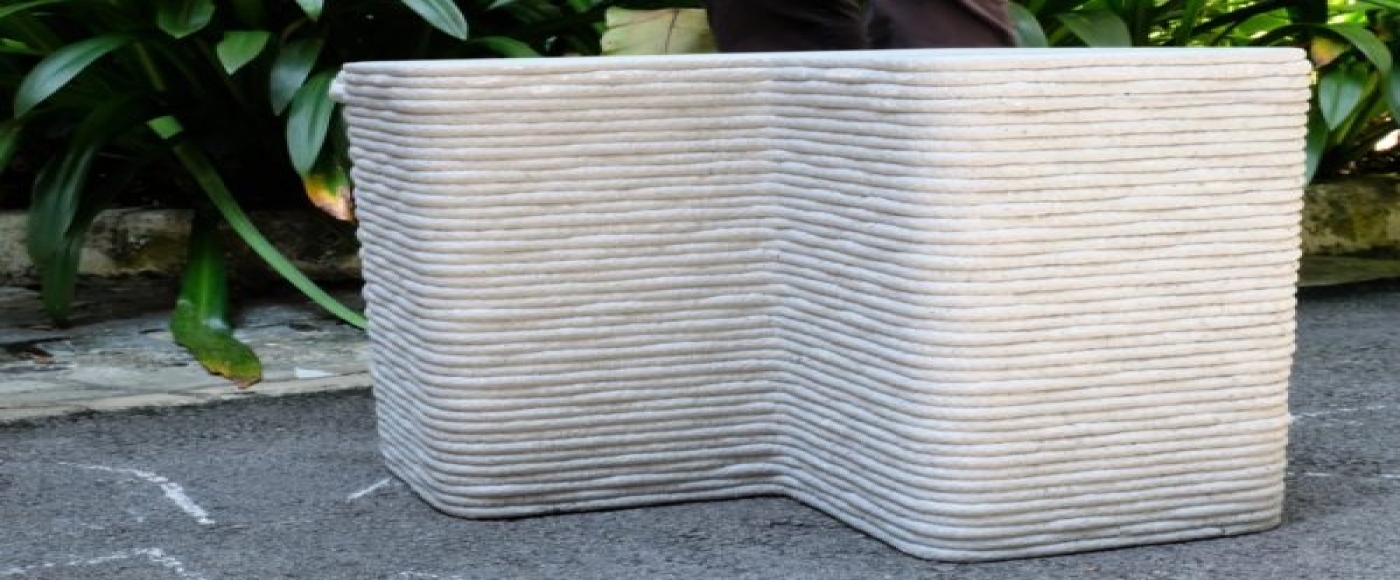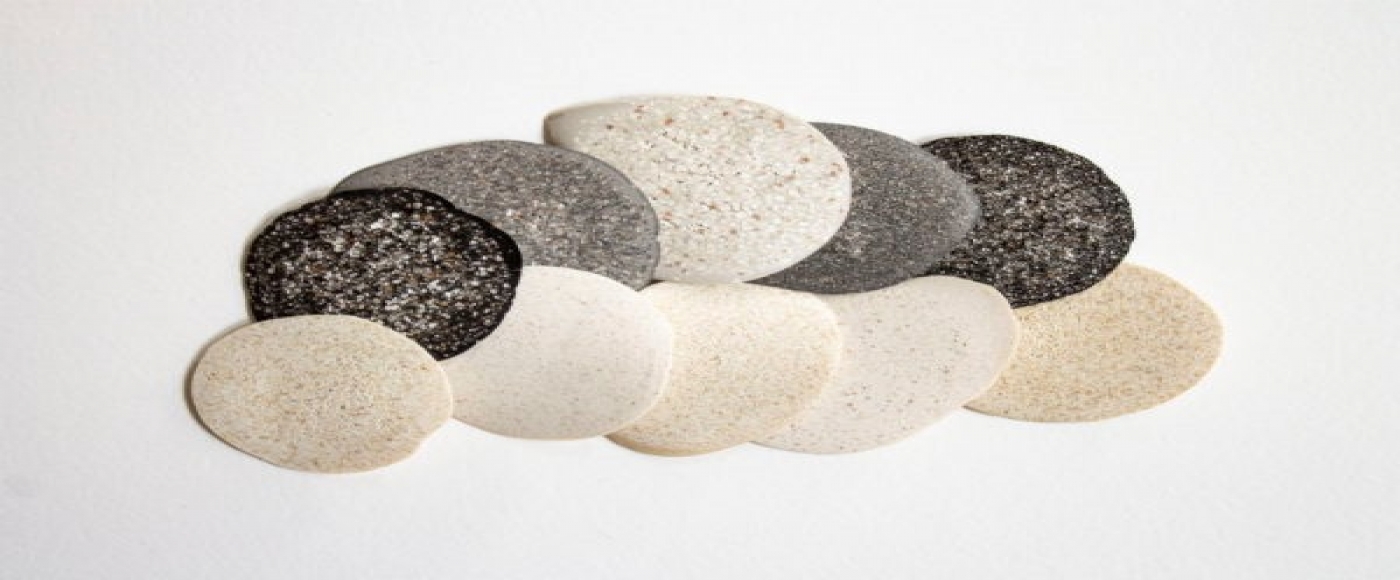Generation Of Replacement Materials - Veneer
Natural wood has been gradually exhausted by the exploitation and destruction. Other products have begun to replace natural wood perfectly, especially veneer.
1. Natural wood
It is a type of wood that is cut from timber in the forest and processed into the natural wood, natural wood after soaking can be made as furniture products as required. Natural wood is ingrained in the subconscious of the Vietnamese people almost everyone of us knows.

Natural wood (source: Internet)
The advantages of natural wood are sturdy, durable and beautiful. However, the disadvantages of natural wood are as the price is high, or warped, termites, cracked if not a good process of impregnation. As natural wood is increasingly scarce, the use of natural wood will destroy the ecological environment and increase the temperature of the earth.
2. Veneer
For people to understand, the veneer is a natural wood, but it is cut thin from natural wood, the veneer is only 1mm to 2mm thickness, a natural wood can make a lot of veneers. If the tree is 300mm thick and 200mm wide by 2500mm long, it will make around 1500 - 3000m2 of veneer, depending on the type of wastage. After being cut, veneer wood is glued to various types of industrial wood such as MDF wood, plywood, particle board, to make furniture. Due to being from the natural wood, the surface of veneer is no different from natural wood.
.jpg)
Veneer (source: Internet)
- The advantages: the price is reasonable. A natural wood, when made into veneer, can produce a lot of tables and chairs. The veneer is anti-warped, woody, and light (wood selected) horizontal, vertical, reversed, can run only sink, depending on type ... but still, retain its beauty and modern. If you use Finger wood (the wood is but saw from the small finger-welded branches (finger) to create the length, width) the veneer turned into natural wood completely and very durable, beautifully but the price is cheap.
.jpg)
Side chair wood veneer (source: Internet)
- The disadvantage: because the wood is industrial wood, veneer cannot withstand water, it is easy to crack, if it moves more and more into finished products, it is damaged or cracked. Many users, however, have to stay in places all year round without being overflowing, and less traveled.
Others:

AN ‘IMPOSSIBLE’ 2D MATERIAL STRONGER THAN STEEL

REPLACING SAND WITH GLASS WASTE IN CONCRETE 3D PRINTING

CERAMICS MADE OF EGGSHELLS
Vietnam’s Hospitality Real Estate – Time to rebuild

HoSkar Night - Networking Redefined



